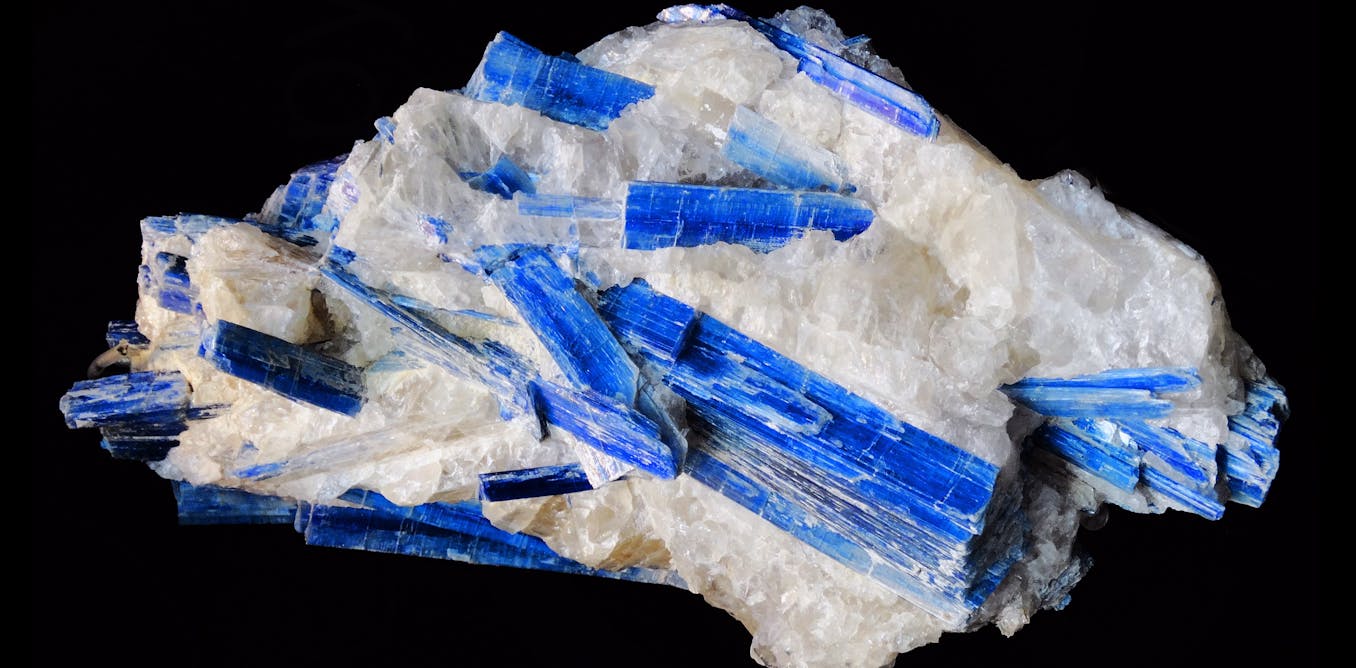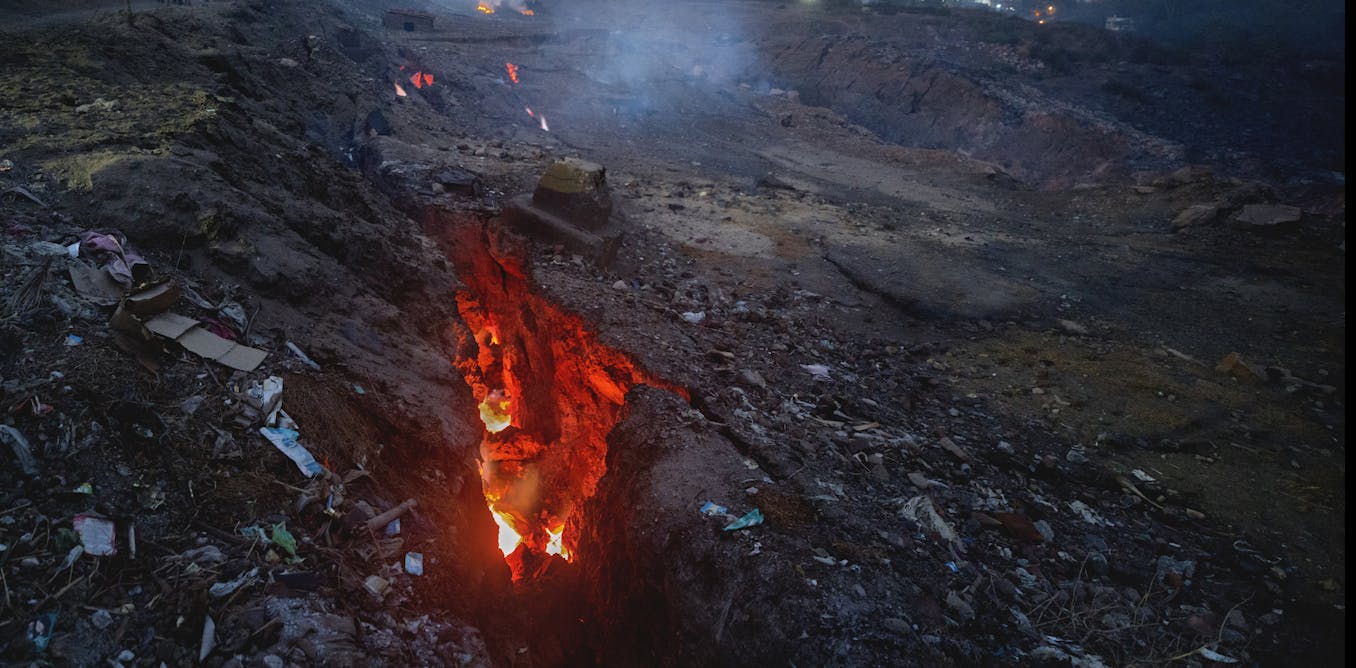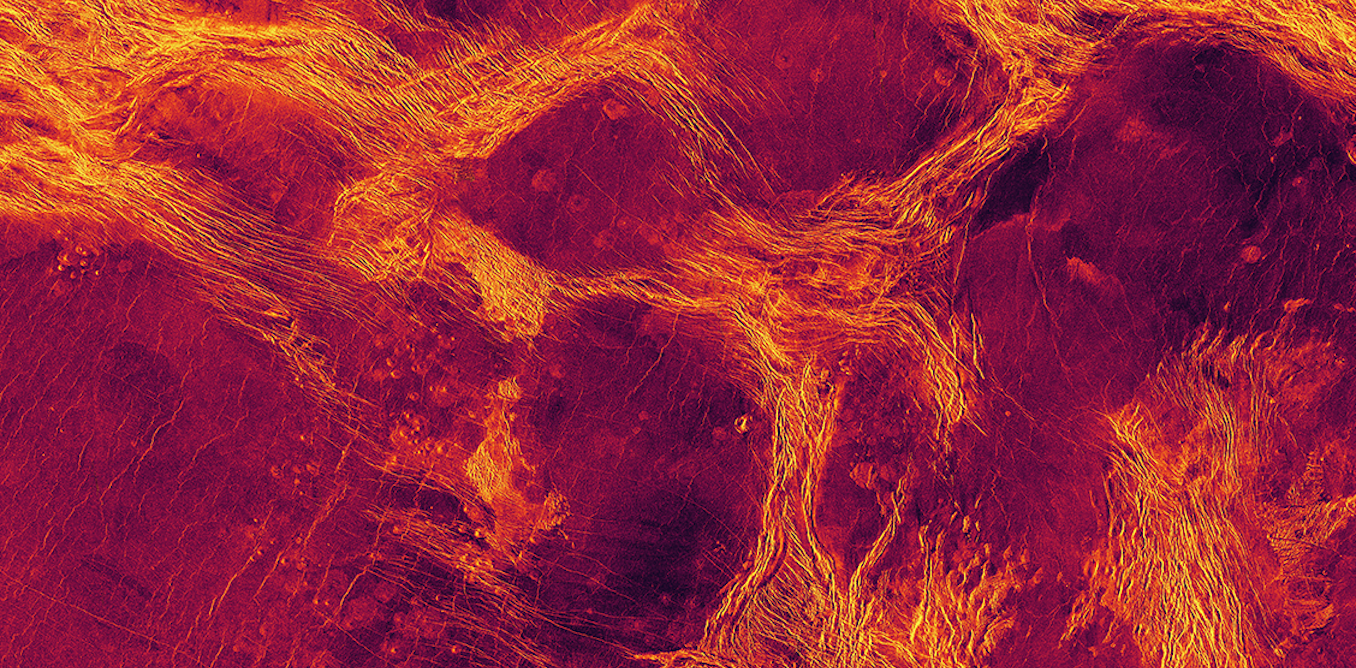Tiny crystals capture millions of years of mountain range history – a geologist excavates the Himalayas with a microscope
Measuring the concentration of radioactive elements in a single, sand-size crystal reveals the growth of the Himalayan mountain range over time.
April 9, 2024 • ~5 min
When did the first fish live on Earth – and how do scientists figure out the timing?
A biologist explains how researchers nail down the age of ancient fossils thanks to a physical process called radioactive decay.
July 18, 2022 • ~8 min
Perseverance’s first major successes on Mars – an update from mission scientists
Perseverance and its helicopter sidekick, Ingenuity, have been on Mars for nearly nine months. The duo have taken rock samples, performed first flights and taken images of the delta in Jezero Crater.
Oct. 7, 2021 • ~9 min
The surface of Venus is cracked and moves like ice floating on the ocean – likely due to tectonic activity
Researchers used decades-old radar data and found that some low-lying areas of Venus' crust are moving and jostling. This evidence is some of the strongest yet of tectonic activity on Venus.
June 21, 2021 • ~6 min
Magnetism of Himalayan rocks reveals the mountains' complex tectonic history
Earth's magnetic field locks information into lava as it cools into rock. Millions of years later, scientists can decipher this magnetic data to build geologic timelines and maps.
Nov. 2, 2020 • ~9 min
An effective climate change solution may lie in rocks beneath our feet
To avoid global warming on a catastrophic scale, nations need to reduce emissions and find ways to pull carbon from the air. One promising solution: spreading rock dust on farm fields.
July 16, 2020 • ~8 min
/
1







